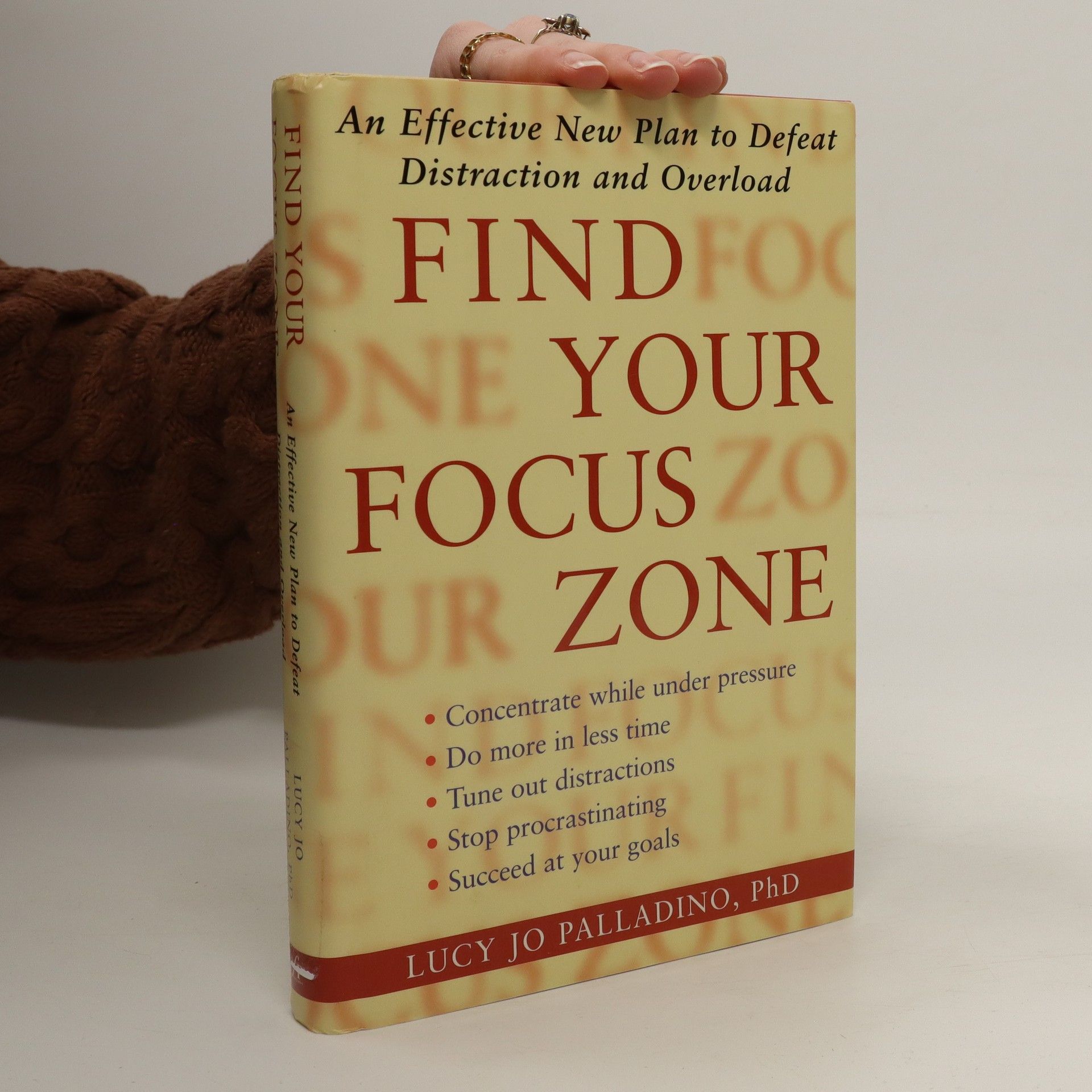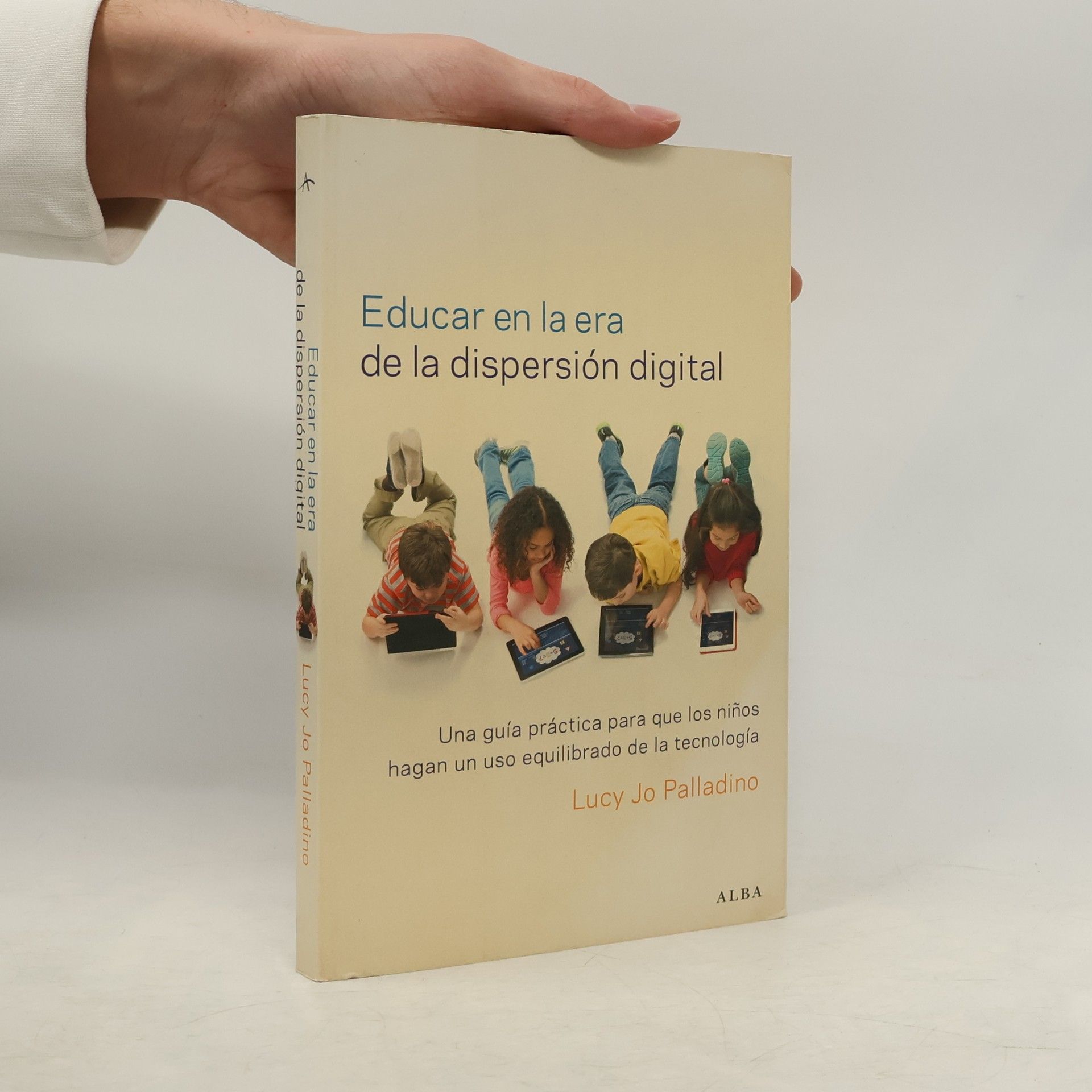Educar en la era de la dispersión digital
Una guía práctica para que los niños hagan un uso equilibrado de la tecnología
- 272 páginas
- 10 horas de lectura
Esta autora profundiza en los reinos de la atención y la neurociencia, entrelazando estos intereses en obras que a menudo exploran cómo navegar en un mundo moderno plagado de distracciones. Su enfoque se basa en una amplia experiencia como psicóloga y educadora, conectando la comprensión científica con ideas prácticas. Escribe para ayudar a los lectores a comprender sus propios procesos cognitivos y descubrir estrategias para mejorar el enfoque y el bienestar. Su escritura ofrece una valiosa guía para aquellos que buscan una comprensión más profunda de sí mismos y de su entorno.


Una guía práctica para que los niños hagan un uso equilibrado de la tecnología
Counsels readers on how to hone attention skills in the face of information overload, outlining specific strategies for prioritizing and achieving a focused state of mind.